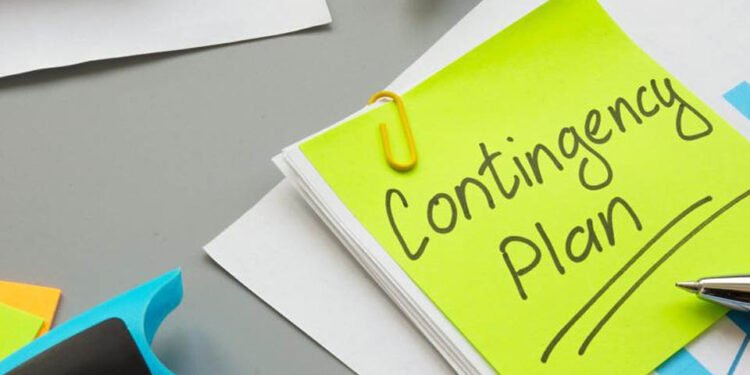It’s pretty uncontroversial to say that every good business starts with a well-forme
d business plan. This document lays out what the business intends to achieve, along with how it will go about achieving it.
Why you need a contingency plan
Of course, however meticulously laid our plans might be, reality has a tendency to trample over them. A flood might destroy the stock in your warehouse. A power cut might force you to throw away all of the meat in your restaurant. A global pandemic might prevent you from opening the doors of your newly-refurbished corner shop.
Other risks might result more directly from human activity. Could your business cope if your warehouse manager were suddenly taken ill? What about the person who looks after your computer system, or supervises your production line?
While many of these things are beyond our control, we can mitigate the potential risk by planning for various contingencies. These plans can then be incorporated into the overall business plan.
Since we can’t plan for every possibility, it makes sense to prioritise those contingencies which we consider most likely.
Top risks that businesses face
So, which risks might we plan for? We’ve already mentioned two of them (these being loss of stock and loss of essential staff), but it’s worth briefly discussing a few others.
Your supply chain might become disrupted as a result of global events. There have been numerous examples of this in recent years, but arguably the most salient is the silicon shortage, whose knock-on effects spread across the global economy.
Cyberattack is a growing possibility, too. Most businesses are underequipped to deal with this problem, and only take it seriously once they’ve suffered an attack. Providing staff with training on phishing and other threats, including emergent threats being posed by AI, is critical.
PR crises can be especially damaging to a company’s reputation. They are often effected by scandals and conspicuous product failures. For a business of a certain size, these failures are inevitable, since no quality control can be made perfect. Being able to act swiftly and reassure the buying public is essential in the wake of a scandal of this kind.
Things to consider when developing a contingency plan
Often, it’s a good idea to devise a contingency plan with the help of a specialised and impartial outside consultant. But even if you can’t do this, you can do considerable good by following a few basic principles.
An effective contingency plan should be practical and easy to follow. It should break down every process required to carry the business back to normal operation, and set out what sorts of resources will need to be mobilised in order to put the plan into action.
What’s especially important is that your plan sets out a strategy for communication with employees, who may be uncertain of what’s going on in this situation.












